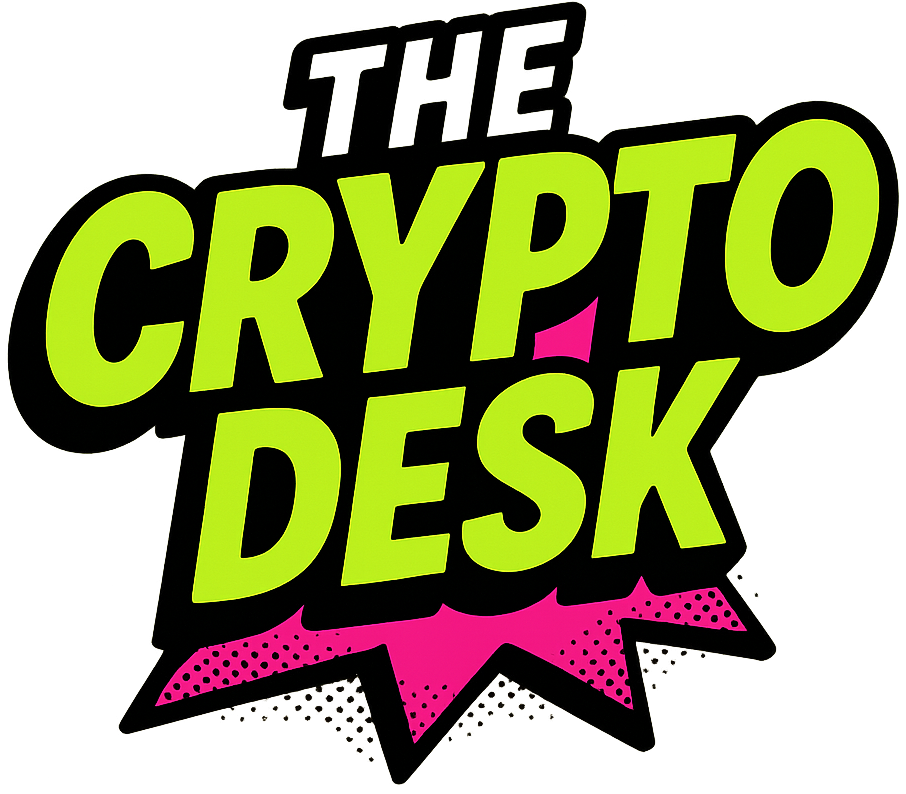Vendors at Dongdaemun Market Dispute Claims of USDT Adoption
Despite reports suggesting a surge in the use of Tether (USDT) among vendors in South Korea’s famed Dongdaemun Market, local merchants firmly deny these claims. Early in the month, various crypto forums lit up with discussions asserting that many traders at this bustling fashion hub were transitioning to USDT as a primary payment method.

However, a recent investigation by South Korean media outlet Viewers revealed that these assertions of widespread USDT adoption are “far from the truth.” The market, celebrated for its vibrant array of textiles and fashion, remains anchored in traditional cash transactions, according to multiple vendors.
Market Dynamics: A Closer Look
The Dongdaemun Market, located in East-central Seoul, is a mosaic of shopping malls and outdoor markets, comprising around 30 multi-story buildings. Known for its diverse offerings, the market attracts a significant number of Chinese shoppers, including wholesale buyers who procure goods for resale back in Mainland China. Recent claims of USDT usage were primarily linked to this demographic, with fervent posters on local forums suggesting that many merchants were embracing the cryptocurrency for international transactions.

In compelling forum discussions, users remarked on the noticeable presence of USDT payments, with one member stating that friends engaged in business with Chinese clients frequently utilize Tether, while others asserted that around 10% of wholesale transactions were reportedly executed using the stablecoin. Yet, as highlighted by Viewers reporter Hwang Bo-ram, when approached, the vendors were quick to clarify that cash transactions remain their preferred method of payment.
Characteristics of Local Vendors: Caution and Conservative Practices
Hwang elaborated that many of the vendors interviewed expressed that while public awareness of stablecoins is increasing, it is still premature for them to integrate such digital currencies into real transactions. Interestingly, these same vendors acknowledged the potential for stablecoins to bridge the gap between traditional economies and blockchain technologies in the future.
One veteran merchant, Lee, who has been trading men’s clothing for two decades, conveyed sentiments of skepticism towards crypto adoption. He indicated that traders tend to be resistant to change, actively seeking to minimize record-keeping likely for tax avoidance, as cash transactions leave little trace. “The reality is, [stablecoins] are not used much in the market, contrary to the reports,” Lee stated, emphasizing that merchants prefer to avoid the complexities involved in crypto.
Age and Transaction Preferences: A Barrier to Adoption
The age demographic of Dongdaemun merchants also plays a significant role in their hesitance towards cryptocurrency adoption. Lee pointed out that many vendors, primarily born in the 1950s and 1960s, might be reluctant to engage in peer-to-peer crypto transactions, typically relying on intermediaries for payment processing. Another trader, Park, echoed this sentiment, noting the challenges associated with a generational gap in technology adoption among fashion traders.

An Evolving Payments Landscape: Cryptocurrency’s Limited Role
Despite the skepticism surrounding USDT usage, some journalists argue there’s a shift underway in payment methods. A piece published in Weekly Dong-a noted that while cryptocurrencies were previously confined to illicit transactions, there’s emerging usage in the general import and export of goods, especially within sectors like clothing and electronics.
Yet, the realities on the ground tell a different story. Myung-hee, an employee at a popular Dongdaemun mall, remarked that her stall does not accept USDT or any digital currencies, although she observed many Chinese customers making payments via smartphone. Interestingly, it remains uncertain whether these transactions were indeed crypto-related, highlighting a blurred line in payment acceptance in this vibrant market.
Why It Matters: The Broader Implications for Cryptocurrency Adoption
The questioning of USDT’s acceptance in Dongdaemun Market reflects broader trends in the cryptocurrency landscape. As cash transactions prevail, particularly in traditional markets, it paints a picture of the challenges stablecoins face in gaining traction in everyday commerce. Additionally, the reluctance of older merchants to adapt further hinders the adoption of digital currencies. Their understanding and comfort with traditional payment systems will take time to evolve.
Future Outlook: A Waiting Game for Stablecoins
While the idea of stablecoins like USDT connecting the conventional economy with blockchain remains tantalizing, the path forward is fraught with obstacles. As awareness grows and younger merchants enter the space, the dynamics might shift, but for now, Dongdaemun Market stands as a testament to the caution surrounding cryptocurrency integration in everyday trade. Only time will tell if the tide will change or if cash will continue to reign supreme in this iconic marketplace.

